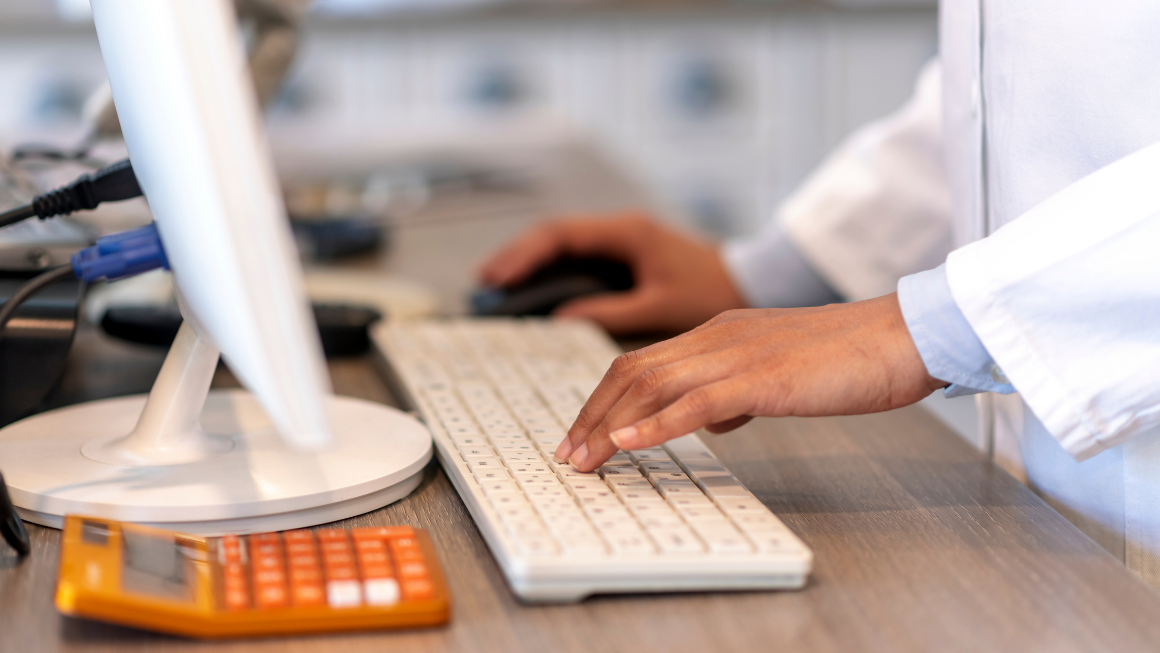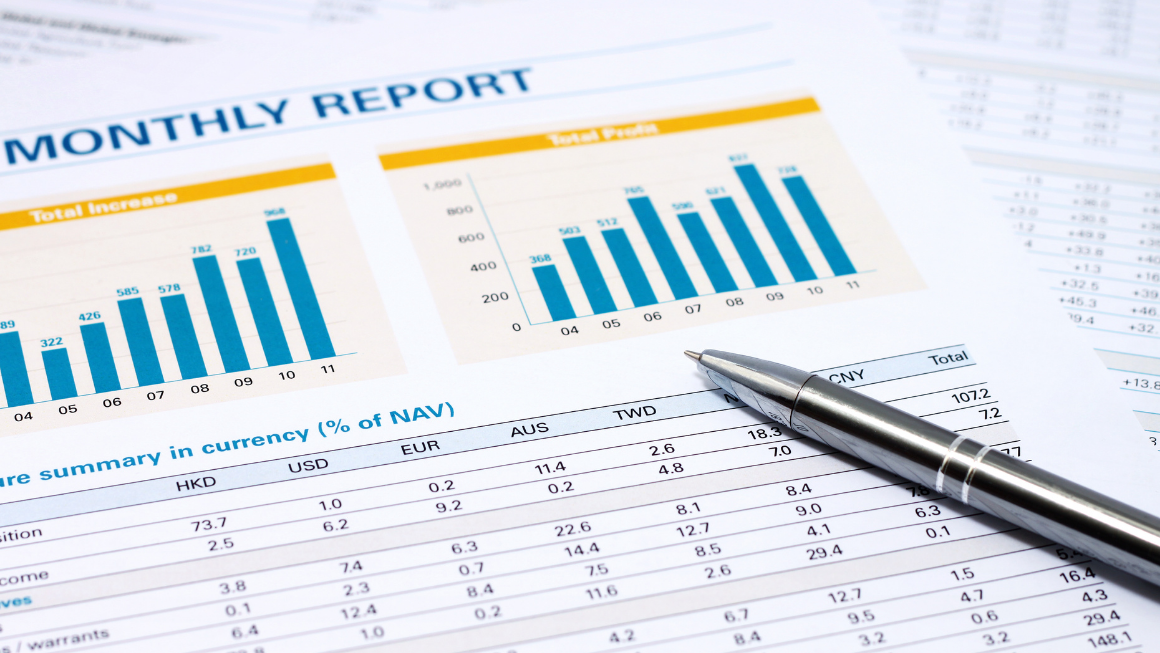Desk research is a type of secondary research in which data is collected from sources, such as books, articles, and reports. It is a popular research method for researchers who want to gather in-depth information about their topic. Desk research can be conducted quickly and easily, and it is a cost-effective way to get a lot of information. In fact, this is something most entrepreneurs tend to do, especially before launching their businesses.
According to the type and size of the business, they research the requirements. For instance, if it is an online business they are launching, they may need to set up an office, a warehouse as well as a data center (likely with the help of Walt Coulston). Along with all this, they may also need to figure out an estimated budget to carry out everything smoothly. And only with proper desk research, answers to all these questions can be sought easily.
Once the business is up and running, the entrepreneur may again need to research the different marketing strategies that he can make use of in order to expand the market reach. The only way he can determine the type of marketing he can employ for his company is after learning more about the contextual advertising platform and similar others in detail. And certainly, to garner all this information and more, rigorous desk research is required.
That being the case, here are some tips for doing desk research effectively, for anyone who wants to delve into it.
What is desk research and why is it a popular research method
Desk research is a type of secondary research that involves the use of sources that are either internal or external to an organization. Desk research usually entails the use of data that is found in books, journals, articles, and online and is often used to gather the preliminary information for a research project.
Desk research can be used to gather information about a company, its products and services, and its competitors. Writers, journalists, and content creators can most often benefit from such a type of research, although the advantages are not limited to only them. Even professionals working for complex sectors like blockchain, such as Web3 copywriters or marketers, can find useful information for their work through desk research. To conduct desk research effectively, you should gather as much information as possible from reliable sources. You should also take the time to analyze the information that you’ve gathered and to identify the key findings.
Desk research can be categorized into two key types:
- Internal desk research: Internal research involves the analysis of internal reports, data sets, and organization statistics.
- External desk research: External research involves studying information from outside sources.
BONUS TIP
Primary research is original research that you conduct yourself, whereas secondary research is information that you gather from other sources.

What are the advantages of desk research?
Desk research is a great way to get a broad understanding of a topic, as well as to develop a better understanding of the key issues and debates surrounding it. It can also help you to identify potential sources of primary data.
One of the main benefits of desk research is that it’s usually free, which makes it a cost-effective way to carry out initial research. It’s also relatively quick and easy to do, which means you can get a lot of information in a short amount of time.
For instance, if you run a small company and want to promote its name without spending much, researching the internet can give you tons of great ideas. To say, it can inform you how you can use personalized stainless steel tumblers, coffee mugs, or even t-shirts to spread the word about your firm. And for all this information, desk research is highly useful.
In fact, desk research is also a great way to get a sense of the tone and approach of different sources, as well as to develop an understanding of the key arguments and debates surrounding a topic.
What are the disadvantages of desk research?
When it comes to doing desk research, there are a few key disadvantages to be aware of. First and foremost, the data you get may be unreliable. This is because you’re not able to control or verify the methods or participants in your research.
In addition, since desk research is typically done online, you may not have access to specific data that you need to make an informed decision. Finally, desk research can be quite time-consuming, so it’s important to weigh the pros and cons before deciding if this approach is right for you.
Which sources can I use when conducting desk research?
Sources of secondary data for desk research can include surveys, census data, administrative data, company reports, and academic research. Each of these sources can provide different types of information that can be useful for desk research.
Surveys can provide information about the opinions or attitudes of a population on a given topic. Census data can give detailed information about a population, including demographics and socioeconomic information.
Administrative data can include information about government programs or policies. Moreover, company reports can give insights into a company’s operations or financials. And academic research can provide an in-depth analysis of a given topic.
Each of these sources of secondary data has its strengths and weaknesses, and it’s important to understand what each source contains before using it in your research.

How can you do desk research effectively to get the most out of your data?
There are several ways to do desk research more effectively. One way is to develop a research plan. This will help you to focus your search and avoid spending too much time on irrelevant information.
You can also use keyword searches to find relevant information more quickly. By using keywords in your search, you can focus your research on the most relevant sources and save time. Keyword research can also help you to identify trends and track competition in your industry.
It’s also important to critically evaluate the sources you are using and to use a variety of sources to get a more balanced view. When doing secondary research, try to critically evaluate the sources you are using. This will help you to get a more balanced view and to avoid using biased or inaccurate information. It is also important to use a variety of sources to get a wider range of perspectives.
Finally, it’s important to be creative and think outside the box when conducting desk research. For example, you can look for information in unexpected places, such as recent trade journals, corporate websites, or government databases. You can also use different methods to find information, such as social media platforms or search engines.
Why is desk research so important?
Desk research is an essential starting point in any project, and it should never be skipped. By taking the time to analyze secondary data, you can gain a better understanding of your target market, your competition, and the overall landscape of your industry. This information will help you develop more effective strategies and make smarter business decisions.
So what do you do after completing your desk research? The next step is to get out into the field and conduct primary research. Field research involves gathering data firsthand from potential customers, which can give you an even more accurate picture of the market than desk research can provide. With this valuable information in hand, you can now begin formulating hypotheses and testing them with real-world customers.









